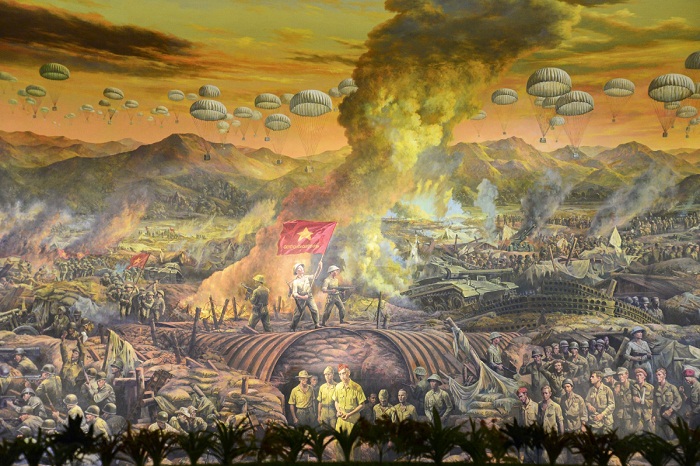
Historical Sites Not to be Missed in Dien Bien, Vietnam
- on May 7, 2025 By: Phuong Mai NGUYEN
Dien Bien, located in Vietnam’s northwest, is a treasure trove of history. Home to the decisive Dien Bien Phu battle, this region offers visitors a chance to explore memorials, war sites, and breathtaking landscapes. From the Victory Statue to the preserved Muong Phang command post, these historical sites tell the story of a nation’s struggle for independence and its lasting legacy. Whether you're a history enthusiast or a cultural traveler, Dien Bien offers an unforgettable journey through Vietnam's past.
In this article, let’s explore the key historical landmarks you can’t miss in Dien Bien.
1. Dien Bien Phu Victory Museum
Located on Vo Nguyen Giap Street, Dien Bien Phu City, Dien Bien province, the Dien Bien Phu Victory Museum was first built in 1984 to commemorate the 30th anniversary of the historic victory of the Dien Bien Phu battle.

The museum features five exhibition areas, with documents and objects focused on: the strategic location of Dien Bien Phu; French strongholds at Dien Bien Phu; preparation by the Party for the Dien Bien Phu campaign; the impact of the victory at Dien Bien Phu; and Dien Bien Phu today.
The Dien Bien Phu Victory Museum welcomes visitors daily, from 7:00 AM to 11:00 AM in the morning and from 1:30 PM to 5:30 PM in the afternoon. The ticket price is 100,000 VND per person.
2. Dien Bien Phu Victory Monument
Atop D1 Hill (Dominique 2 for the French), the Dien Bien Phu Victory Monument towers over the city. This bronze statue is the largest, tallest, and heaviest in Vietnam, standing 12.6 meters tall and weighing 217 tons. It was erected on a 3.6-meter-high pedestal to commemorate the 50th anniversary of the battle.
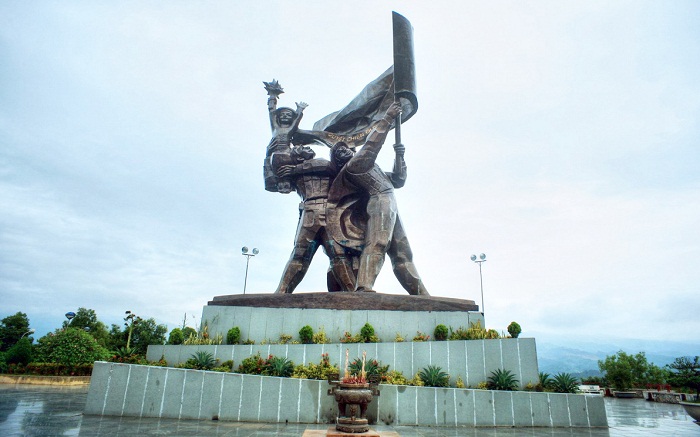
The monument overlooks the city of Dien Bien Phu and has become a symbol of pride for the local people. A must-see for all visitors, it represents the resilience and bravery of the Vietnamese people during the battle.
3. A1 Hill
A1 Hill (Eliane 2 for the French) is strategically located in the Muong Thanh neighborhood, Dien Bien Phu city, Dien Bien province. During the Dien Bien Phu campaign, A1 Hill played a crucial role in protecting the command post of General de Castries.
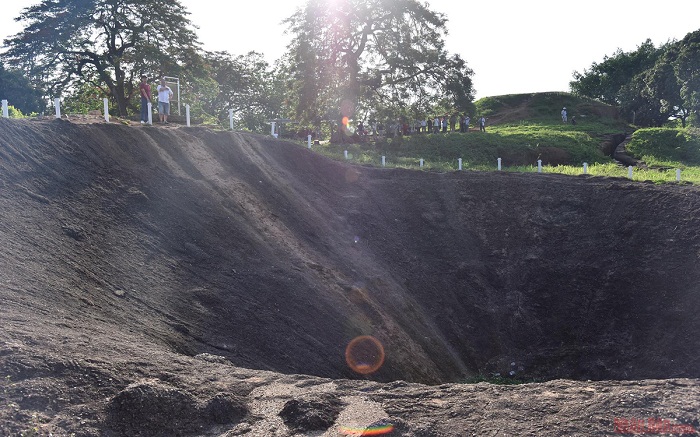
Today, visitors to A1 Hill in Dien Bien can engage in interactive activities such as cooking rice for soldiers using the Hoang Cam stove, pushing a bicycle to transport supplies, and listening to stories about the battle and the soldiers’ experiences.
4. A1 Hill Military Cemetery
Located not far from the A1 Hill historical site, at the foot of the hill, facing the Dien Bien Phu Victory Museum, the A1 Hill National Cemetery was constructed in 1958.
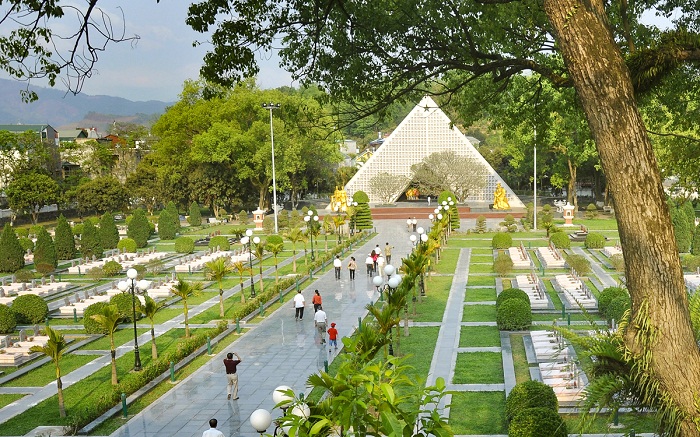
This cemetery is the final resting place of 644 military officers and soldiers who heroically gave their lives during the Dien Bien Phu battle. In 1994, it was restored and became a cultural and historical park with numerous monuments. Visitors come to honor the sacrifices made by these brave individuals.
5. Bunker of Colonel de Castries, Dien Bien Phu
Once known as the most fortified bunker in Indochina, the De Castries’ command post at Dien Bien Phu was meticulously constructed by the French colonialists in the heart of the Dien Bien Phu fortress complex, in Muong Thanh Valley, Dien Bien district, Dien Bien province.
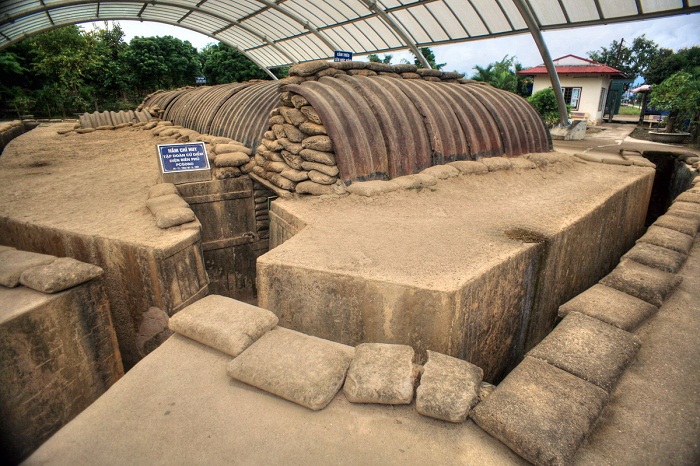
Today, the bunker remains intact, and visitors can explore the preserved underground structures, including defensive fences with barbed wire and four tanks. The headquarters, which measures 20 meters long and 8 meters wide, served as both a residence and a workspace for General de Castries and his soldiers during the battle.
6. Dien Bien Phu Campaign Command Post
The Dien Bien Phu Campaign Command Post in Muong Phang is situated more than 1,000 meters above sea level, hidden under an old forest at the foot of Pu Don mountain, approximately 40 km from Dien Bien Phu city center.
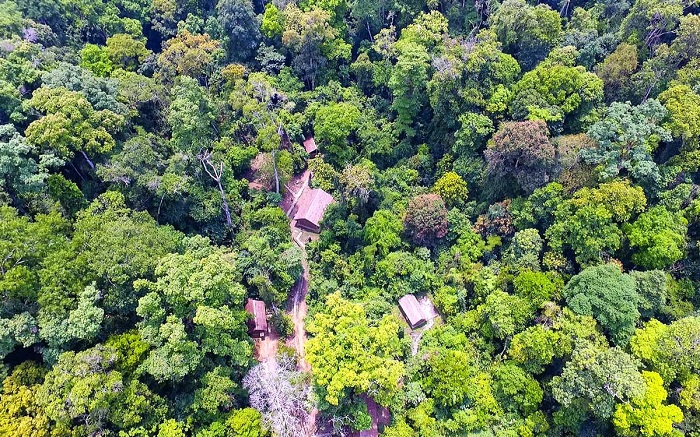
At Muong Phang, General Vo Nguyen Giap issued critical instructions and orders of attack, leading to a full offensive across the front on the morning of May 7, 1954.
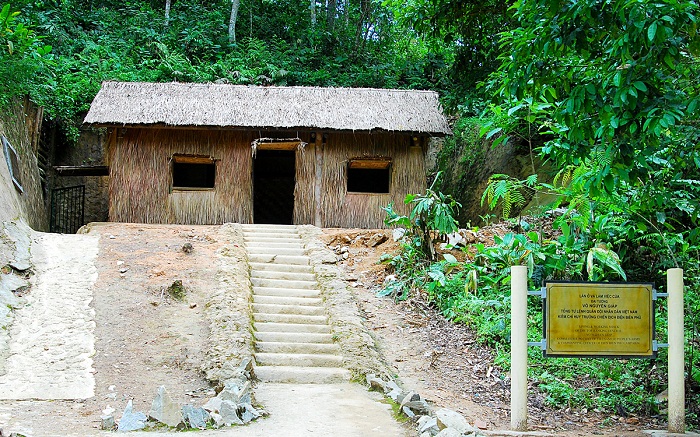
Muong Phang is where the residences and workspaces of General Vo Nguyen Giap, Deputy Chief of Staff Hoang Van Thai, and Head of Communications Hoang Dao Thuy were located. This site still preserves numerous historical relics, such as the general's living and working shack. Through the years, it is a place where visitors can connect with the raw, heroic history of the Vietnamese struggle for independence.
7. Pha Din Pass
Today, Pha Din Pass is a well-known tourist destination in Dien Bien province, particularly attracting backpackers eager to conquer the "four great passes" of the Northwest region of Vietnam (Pha Din, Ma Pi Leng, O Quy Ho, and Khau Pha).
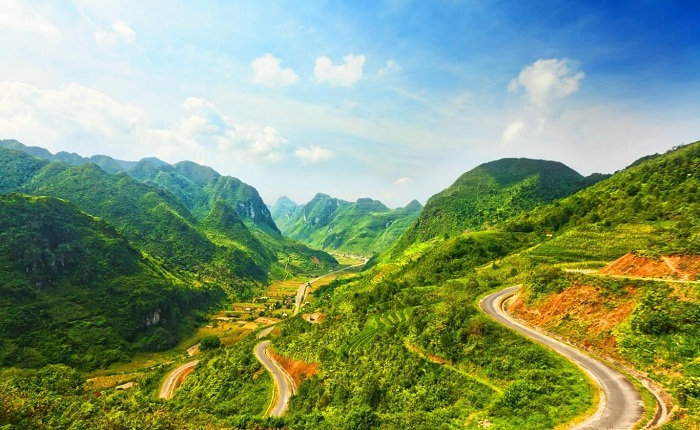
Pha Din is a mountain pass that stretches 32 km along Highway 6, partly in Phong Lai commune, Thuan Chau district, Son La province, and partly in Toa Tinh commune, Tuan Giao district, Dien Bien province. The starting point of the pass is about 66 km west of Son La city, and its endpoint is approximately 84 km from Dien Bien city.
Related articles:
>> Visit Dien Bien Phu City: A Complete Travel Guide
>> Dien Bien Phu and the top 10 things to see and do in Dien Bien
 Español
Español Français
Français






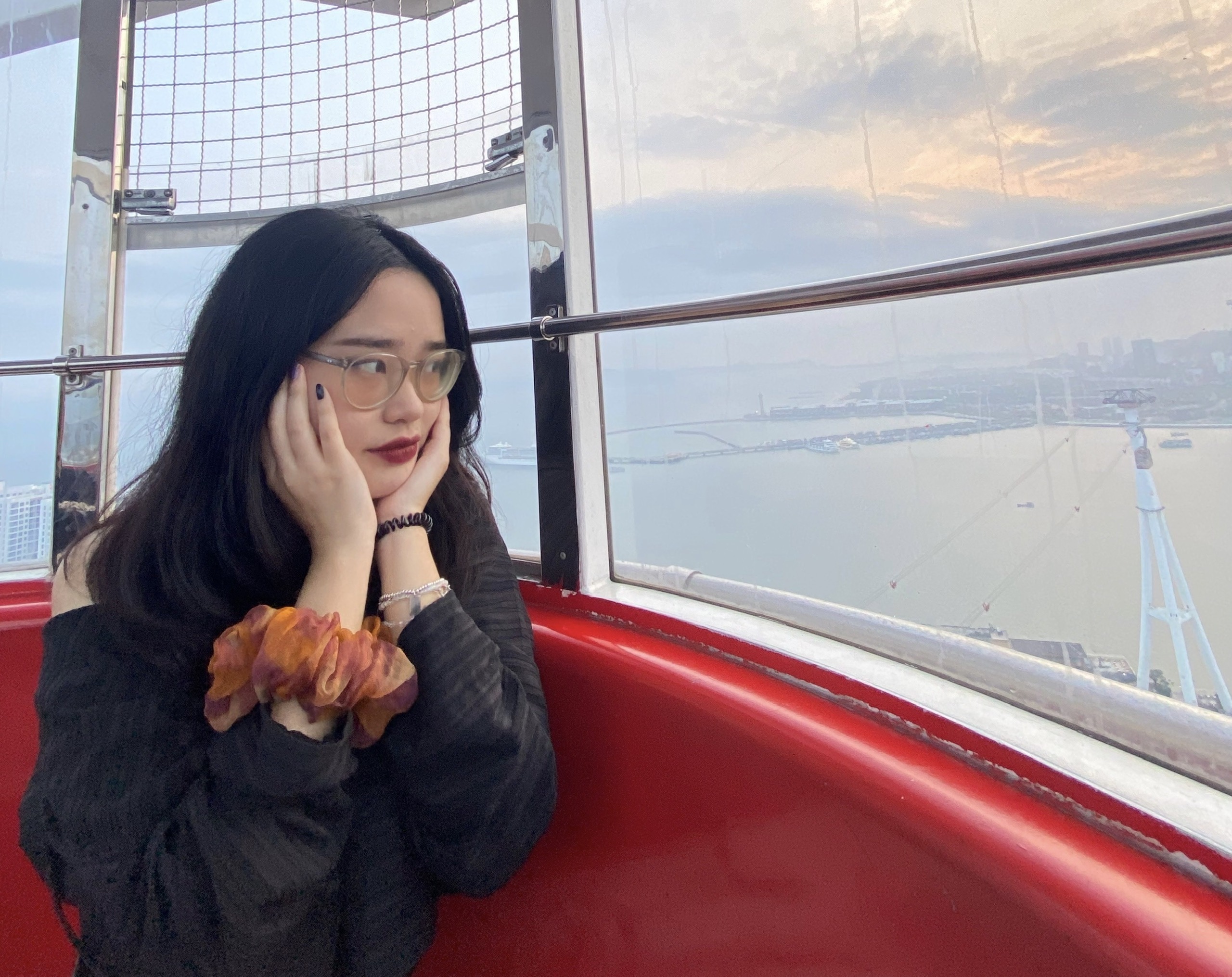
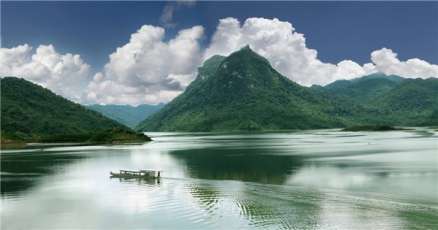
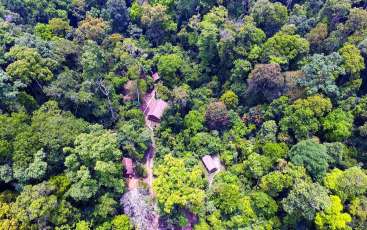
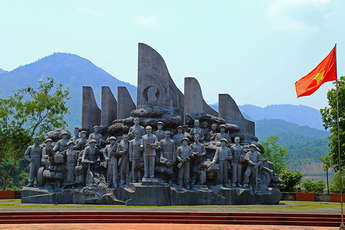
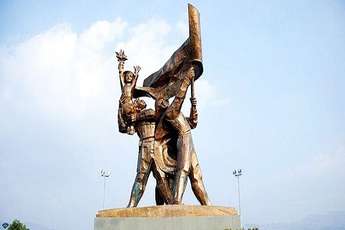
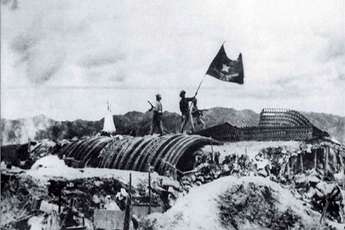







Morgane Ter Cock
on Dec 18, 2025HerbertPhomaMS
on Oct 19, 2025Lilyan Cuttler
on Oct 15, 2025Avenue17XC
on Sep 14, 2025Avenue18JL
on Jul 21, 2025